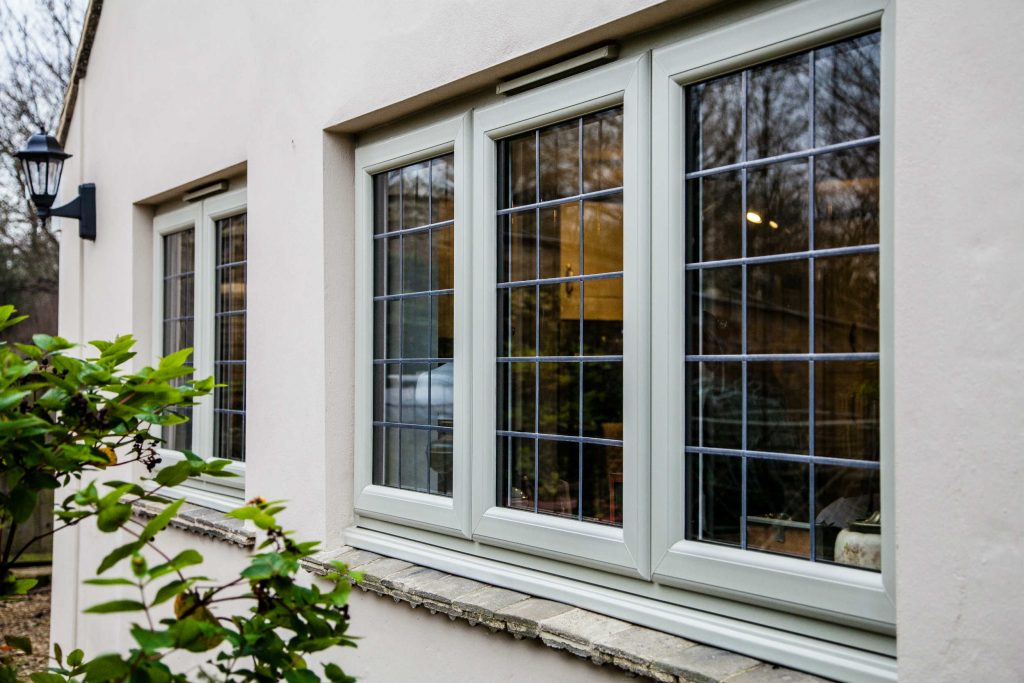All Categories
Featured
Table of Contents
Double Glazed Windows: A Complete Guide in Dalkeith Western Australia
That window can send more solar heat in winter than in summer season. A west-facing window on a summer season's afternoon has an angle of incidence from near 0 up to 30 with a large reliable area of solar radiation. A north-facing window, in summertime, has a high angle of occurrence and a low efficient location of solar radiation, so can send less heat than a west-facing one.

You can quickly and quickly enhance the thermal efficiency of your house by replacing your windows. There are thousands of types of glass and frames to choose from.
Buy Double Glazed Upvc Sliding Doors In Sydney in West Leederville WA
There are lots of different kinds of glass products to select from. Single glazing uses a single pane of glass. Single glazing with clear glass is not very effective when it concerns heat loss or gain. To improve efficiency, you can utilize single glazing with a more energy-efficient kind of glass such as low emissivity (low-e) glass.
Multiple layers can be put together with sealed cavities between each sheet of glass. IGUs normally provide better energy efficiency than single glazing, because they transfer less energy. The energy efficiency of IGUs also depends on: the properties of each layer of glass. Various glass types (for example, clear and low-e glass) can be assembled in an IGU.
Double Glazed Windows Melbourne in Boya Western Australia

IGU cavities can be filled with air or a more inert, low-conductivity gas such as argon the width of the cavity. Larger cavities supply lower (much better) U worths, with 12mm normally accepted as the preferred space how well the cavity is sealed.
If argon is installed to the cavity in location of air, moisture is dependably omitted the level of desiccant (drying representative). The spacer (metal or polymer strip) that separates the glass layers includes a desiccant to soak up any wetness. Insufficient desiccant may cause moisture to condense on the glass surface area in cold conditions, decreasing thermal performance.
Double Glazing For Warmer Temperature : R/melbourne in Woodvale Perth
In reality, IGUs can deliver much better energy efficiency for all climates, especially in heated and air-conditioned homes. Cross-section information of single, double and triple-glazing systems Low emissivity glass (frequently called low-e glass) lowers heat transfer. Low-e glass may be either high or low transmission: High transmission low-e glass has a covering that allows daylight from the sun to enter your house to accomplish good solar heat gain, however lowers the amount of the long wavelength infrared heat that can get away back through the window.
Low-e glass has either a pyrolytic coating or a vacuum-deposited thin movie metal finishing. Pyrolytic coverings are durable and can be used for any glazing; vacuum-deposited finishings are soft and are only utilized within IGUs. Low-e finishes can considerably enhance both U worth and SHGC; nevertheless, they must be utilized properly or they will either deteriorate or fail to carry out as needed.
Insulated Glass Unit – Igu in Carlisle Perth
Low-e finishings can be used in mix with clear, toned or reflective glass. Low-e coatings on glazing can reduce heat transfer where required Image: Department of Industry, Science, Energy and Resources Toned glass has actually colouring additives consisted of throughout manufacture. It is offered in numerous colours, usually bronze, grey, blue and green.
Latest Posts
Pros And Cons Of Argon Gas In Windows in Ridgewood WA
Does Double Glazing Have A Vacuum? in Shoalwater WA
Double & Triple Glazing Windows In Warwickshire in Perth